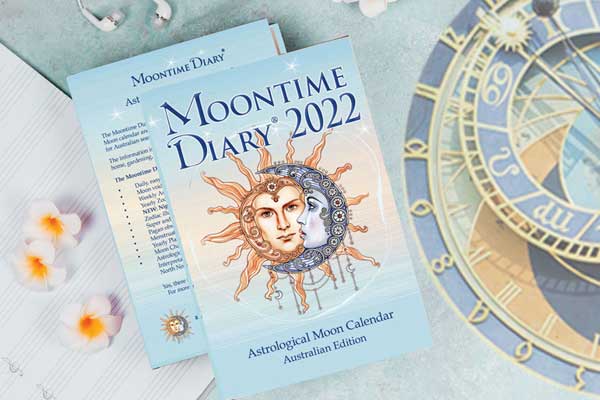When you try to remember a particular event that occurred in the past, you usually see an image of that event floating around somewhere in your head. Have you ever wondered how that happens and how you can recall that past event visually?
Well, half a century ago Donald Hebb argued that mental imagery which we recall is a constructive process and that visual imagery is a result of the reactivation of the same neural pathways and eye movement as when we first saw the image.
To understand these claims, 16 right-handed young adults were recruited. The participant’s consisted of six males and 17 females, aged 20-30 years. They all had between 14 to 21 years of education with normal or corrected-to-normal vision and no history of the neurological or psychiatric disease.
=Q=
Mathematical algorithms were used to analyse brain scans and eye movement when the participants were shown a set of 14 distinct images for a few seconds each.
They were asked to remember as much detail as they could of the image so that they could visualise it later on.
The participants were then asked too mentally visualise the image within an empty rectangular box shown on a screen.
Brain imaging and eye tracking technology were used to track and capture brain activity and eye movement as the participants memorised and remembered the images.
The scientists found that the results favoured Hebb’s claims that the brain uses eye movements to help people reconstruct the mental images of the past.
When people create a detailed mental image in their head, not only do their eyes move in the same way as when they first saw the image but also their brains are activated in the same way.
The researchers discovered the same eye movement and brain activation. But the eye movemet and brain activity was compressed when the picture was memorised and recalled.
When an image or experience is recalled it is a condensed version of the original image or experience – like experiencing it in a much shorter time frame.
The researchers explain that the patterns of the eye movements are like a blueprint which the brain uses to reconstruct different parts of the memory so that the memory can be experienced as a whole.
Researchers plan to study the findings further to determine whether the eye movements lead the brain to reactivate the memory or vice versa. Having a greater understanding of this causal relationship can pave the way for the development of visual tests and diagnostic tools to determine those at the risk of neurodegenerative diseases.
Even when your eyes have long stopped seeing a particular image, it plays an important role in memorising and remembering it later on just as previous research has shown that closing your eyes can help recall both visual and auditory details.
Source: Cerebral Cortex











